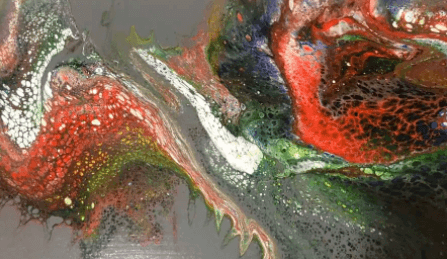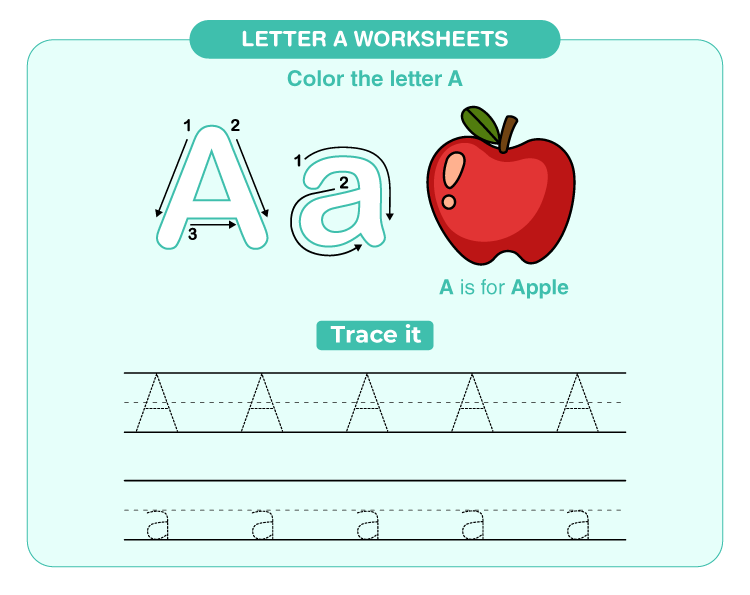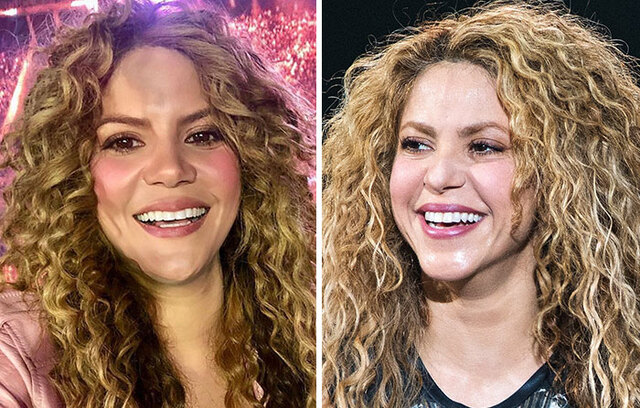Flowing Artistry: How Paint Pouring Supplies Elevate Your Paint Pouring Creation
Artists and creative enthusiasts often experiment with various techniques to achieve unique and captivating results in their artwork. While the concept of paint pouring may seem simple, the choice of paint pouring supplies can significantly influence the outcome of your art.
This innovative method involves pouring liquid paint onto a canvas, allowing it to flow and create stunning, unpredictable patterns.
In this article, we will explore how different pour painting supplies impact the final result of your paint pouring masterpiece.
1. The Paint Selection:
The type of paint you use is one of the most critical factors in determining the outcome of your paint pouring art.
Acrylic paints are the most commonly used for this technique due to their fluid nature and quick drying time.
However, there are variations in acrylic paint, such as heavy body, soft body, and fluid acrylics, each affecting your artwork differently.
Heavy Body Acrylics:
These paints are thick and rich, creating more defined shapes and textures in your paint pour. They are ideal for creating intricate, layered designs.
Soft Body Acrylics:
Soft body paints have a smoother consistency, which allows for smoother, more even color distribution. They are perfect for achieving a flowing, fluid look in your artwork.
Fluid Acrylics:
As the name suggests, these paints are incredibly fluid and require minimal mixing. They are perfect for artists seeking a very liquid look with minimal effort.
The choice of colors also plays a significant role. Vibrant, contrasting colors can make your artwork pop, while subtle, harmonious hues can create a calming effect. Experimenting with different color palettes can yield exciting and diverse results.
2. Pouring Medium:
A pouring medium is an essential additive that affects the consistency of your paint and its ability to flow smoothly.
It also helps prevent the paint from cracking as it dries. There are various pouring mediums available, and their selection impacts your paint pouring in the following ways:
Flow Control: Pouring mediums can control the paint’s flow, making it thicker or thinner based on your preference.
Transparency: Some pouring mediums can increase the clarity of your paint, allowing underlying layers to show through, which can add depth to your artwork.
Gloss or Matte Finish: Depending on your choice, pouring mediums can provide a glossy or matte finish. This can impact the final look of your artwork significantly.
3. Canvas Or Substrate:
The surface you choose for your paint pouring plays a significant role in the outcome. While canvases are the most commonly used substrate, other materials such as wood, glass, and ceramic can also be used.
Each surface has its texture and absorbency, which affects how the paint flows and dries.
Canvas: Canvas is popular for its textured surface, which can add dimension to your paint pouring art. The canvas texture interacts with the paint, creating unique patterns and effects.
Wood: Wood surfaces offer a smoother texture, resulting in a more even paint distribution. It is ideal for artists seeking a clean, contemporary look.
Glass and Ceramic: These surfaces are non-porous, which means the paint doesn’t absorb as much. It can lead to a more vivid and glossy finish but requires different techniques to ensure the paint adheres properly.
4. Pouring Techniques:
How you pour and manipulate the paint on your canvas can dramatically influence the outcome of your artwork. Here are a few pouring techniques and how they impact your art:
Dirty Pour: In a dirty pour, you mix your paint colors in a cup before pouring them onto the canvas. This method can create intricate swirls and cells as the colors mix and interact.
Flip Cup: Similar to a dirty pour, you place the canvas on top of the cup and then flip it over. This technique can create interesting and unexpected patterns.
Swipe: In a swipe technique, you pour paint in a line on the canvas and then drag another color through it. It can create striking, bold designs.
Dutch Pour: This method involves using a hairdryer or a torch to manipulate the paint’s movement on the canvas, leading to abstract and organic shapes.
5. Drying Conditions:
The way your paint pouring art dries can significantly affect the final appearance. Factors like temperature, humidity, and air circulation all play a role.
Some artists prefer to allow their paintings to dry naturally, while others use tools like heat guns or torches to create unique effects while drying.
Conclusion:
In conclusion, paint pouring offers endless possibilities for creative expression. You can achieve many results by carefully selecting your Acrylic Pouring Supplies, from vibrant and chaotic to serene and harmonious.
Don’t be afraid to experiment and explore different combinations to discover the perfect formula for your paint pouring masterpieces.
The beauty of this technique lies in its unpredictability, allowing for endless artistic exploration and self-expression. So, gather your paint pouring supplies, let your creativity flow, and create captivating art uniquely yours.





